Advanced Control in Slot-Die Coating: A Game-Changer for Thin-Film Applications
Based on groundbreaking research supported by the German Federal Ministry of Education and Research, exciting advancements in slot-die coating technology are transforming how manufacturers approach precision and adaptability in thin-film production. This innovative study, conducted as part of CELEST’s (Center for Electrochemical Energy Storage Ulm-Karlsruhe) research initiatives, unveils a new approach to optimizing slot-die coating processes through advanced mechanical design and a novel fuzzy control system.
Slot-die coating, a vital technology for manufacturing thin films in batteries, solar cells, and electronics, relies on precise control of critical parameters such as gap distance and the angle of attack. These variables directly impact coating uniformity and product quality. However, traditional methods often struggle with dynamic in-process adjustments, leading to inefficiencies and material defects. This research addresses these challenges by introducing a system that allows continuous and precise parameter adjustments, ensuring consistent quality and adaptability across different manufacturing setups.
By integrating advanced sensors, stepper motors, and an intelligent fuzzy control system, the study provides valuable insights into the effects of these parameters on coating performance. The findings highlight the potential for improved efficiency, reduced waste, and enhanced product performance, making this development a significant leap forward for industries reliant on thin-film technologies.
Key Highlights of the Research
Dynamic Inline Adjustments: Continuous control over gap distance and angle of attack during operation.
Enhanced Precision: Use of advanced sensors for accurate, real-time measurements.
Adaptable Fuzzy Control System: Enables plant-independent parameter adjustments.
Improved Coating Quality: Reduction in edge defects and optimization of film uniformity.
Scalability and Transferability: Designed for easy implementation across various manufacturing environments.
Discover everything you need to know about slot-die coating in our comprehensive guide.
Revolutionizing Slot-Die Coating: Methods and Mechanisms
Innovative Mechanical Design
The study’s mechanical setup prioritizes precision by addressing the detrimental effects of alternating loads, which can compromise coating accuracy. Preloading is achieved using the inherent weight of the slot-die and nozzle support, ensuring stable operation. Pneumatic systems are used to fine-tune the gap distance, while stepper motors enable repeatable adjustments with high precision.
Integrated Measurement Technology
The integration of confocal sensors and optical systems allows real-time monitoring of gap distances and film profiles. A confocal sensor was selected for its material-independent accuracy, while a 2D triangulation sensor and a line-scan camera monitor the wet film profile and detect potential defects, providing critical feedback for process adjustments.
Fuzzy Control for Adaptive Optimization
At the heart of this innovation lies the fuzzy control system, a decision-making algorithm that uses linguistic rules to adapt process parameters dynamically. By converting measurements into qualitative terms like "too low" or "too high," the system can make rule-based adjustments, translating these into motor-controlled actions. This approach eliminates the need for complex material-specific models, offering unparalleled adaptability and ease of implementation.
Choosing the right slot-die head is essential for optimizing your coating processes. For detailed guidance, check out our comprehensive guide on selecting the best slot-die head for your needs.
Observations and Results
Dynamic Parameter Testing
A key experiment involved varying the angle of attack continuously from +2° to -2°. The results showed a marked improvement in film uniformity as the angle shifted from positive to negative, reducing edge protrusions and defects. This confirmed previous theoretical correlations and validated the system’s ability to perform inline parameter optimization effectively.
Control System Effectiveness
The fuzzy controller demonstrated remarkable adaptability, allowing seamless integration into different production setups. By decoupling control logic from specific materials and machines, the system ensures consistent quality and facilitates easy transferability to new applications.
Significance and Future Directions
The ability to continuously and precisely adjust critical parameters during slot-die coating represents a significant technological advancement. By ensuring consistent quality and enabling real-time defect correction, this system reduces waste, enhances efficiency, and lowers production costs.
Future work will focus on further refining the system, simplifying mechanical components to reduce costs and space requirements, and expanding its applicability across a broader range of production environments. These developments promise to set new standards for precision manufacturing in thin-film applications.
Conclusion
This research provides a comprehensive solution to long-standing challenges in slot-die coating, combining mechanical innovation with intelligent control systems to achieve unmatched precision and adaptability. By integrating advanced measurement technology and fuzzy control, manufacturers can unlock new levels of efficiency and quality, paving the way for advancements in energy storage, electronics, and beyond.
Authors
Florian Denk
Sebastian Schabel
Alexander Hoffmann
Philip Scharfer
Wilhelm Schabel
Jürgen Fleischer




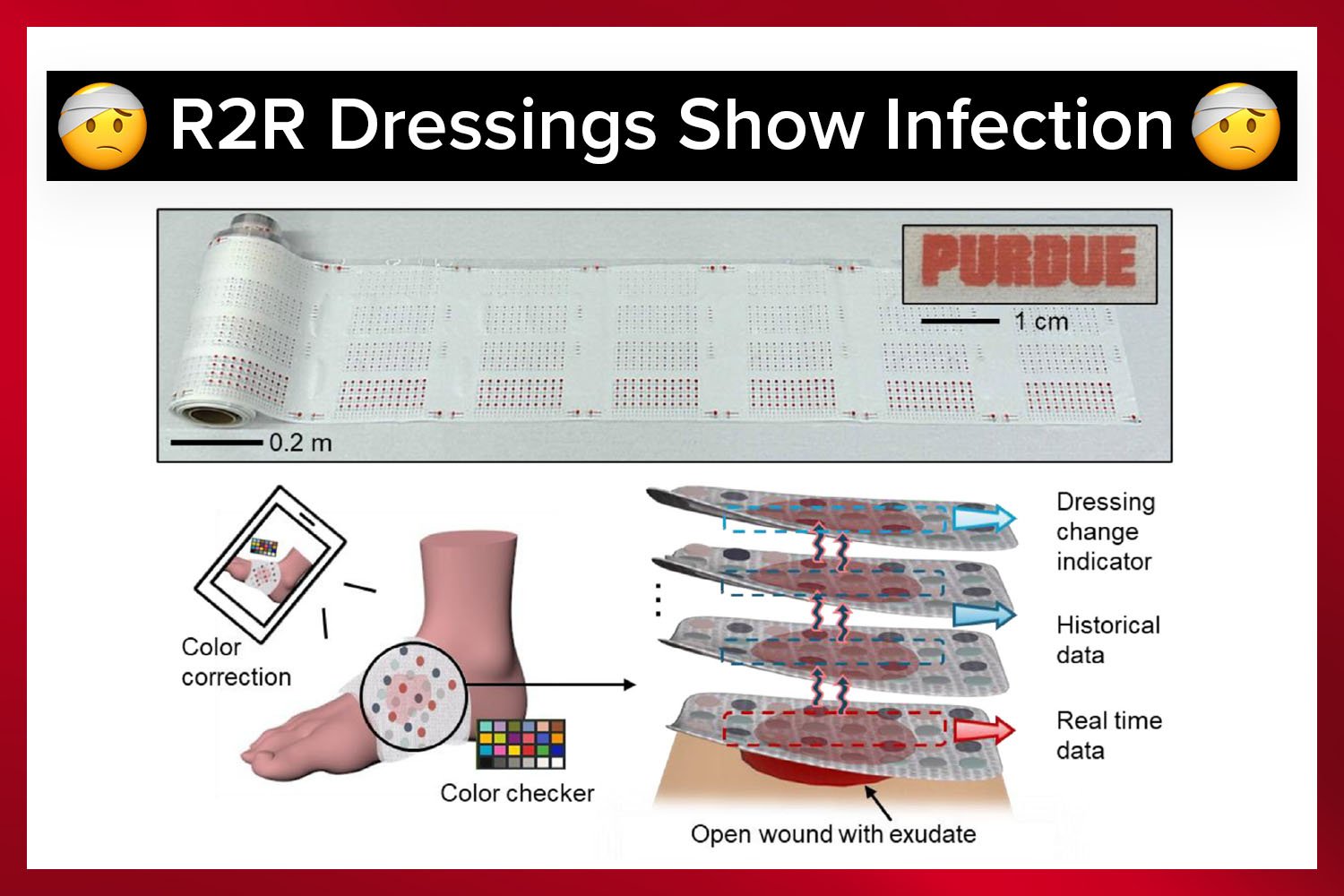
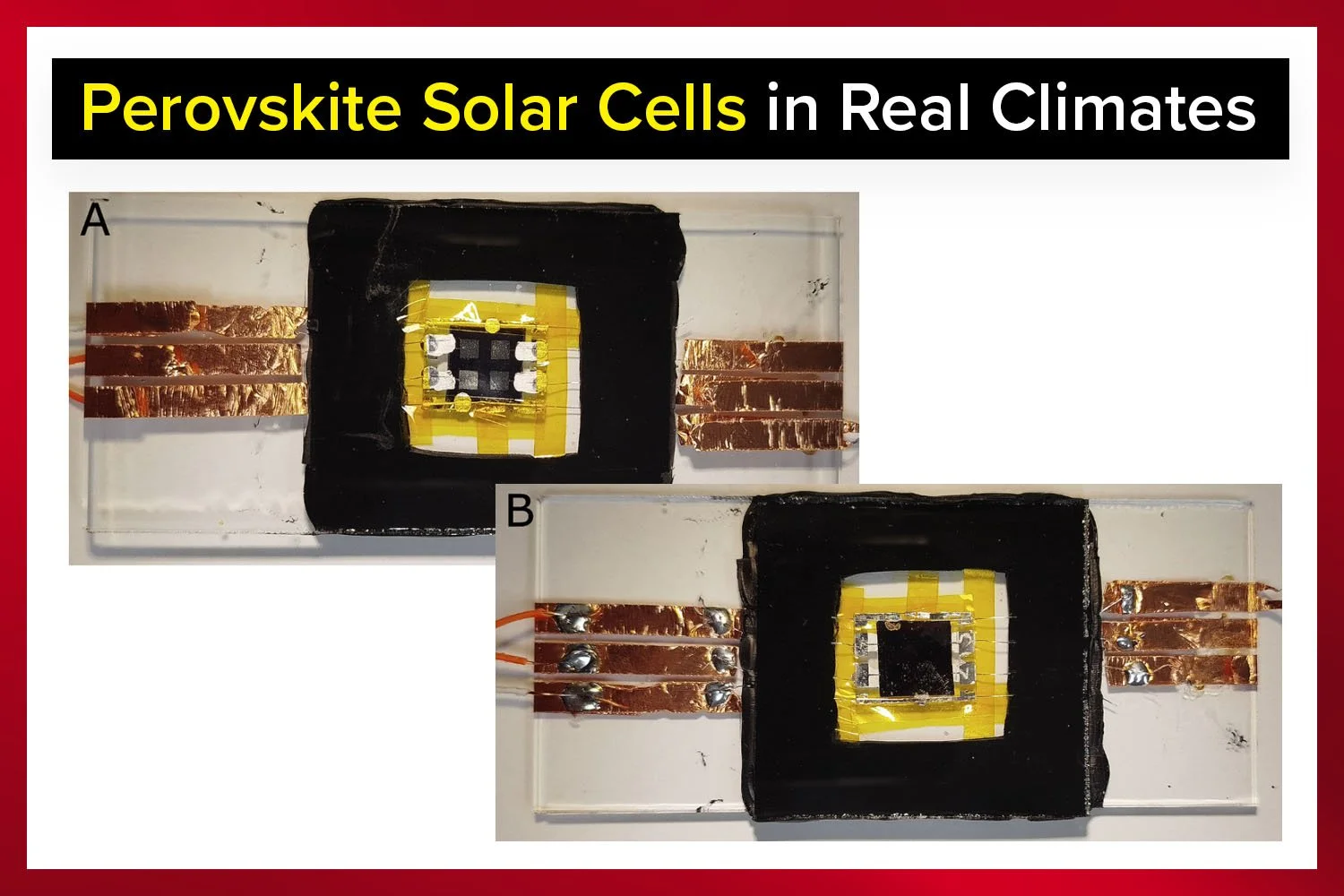
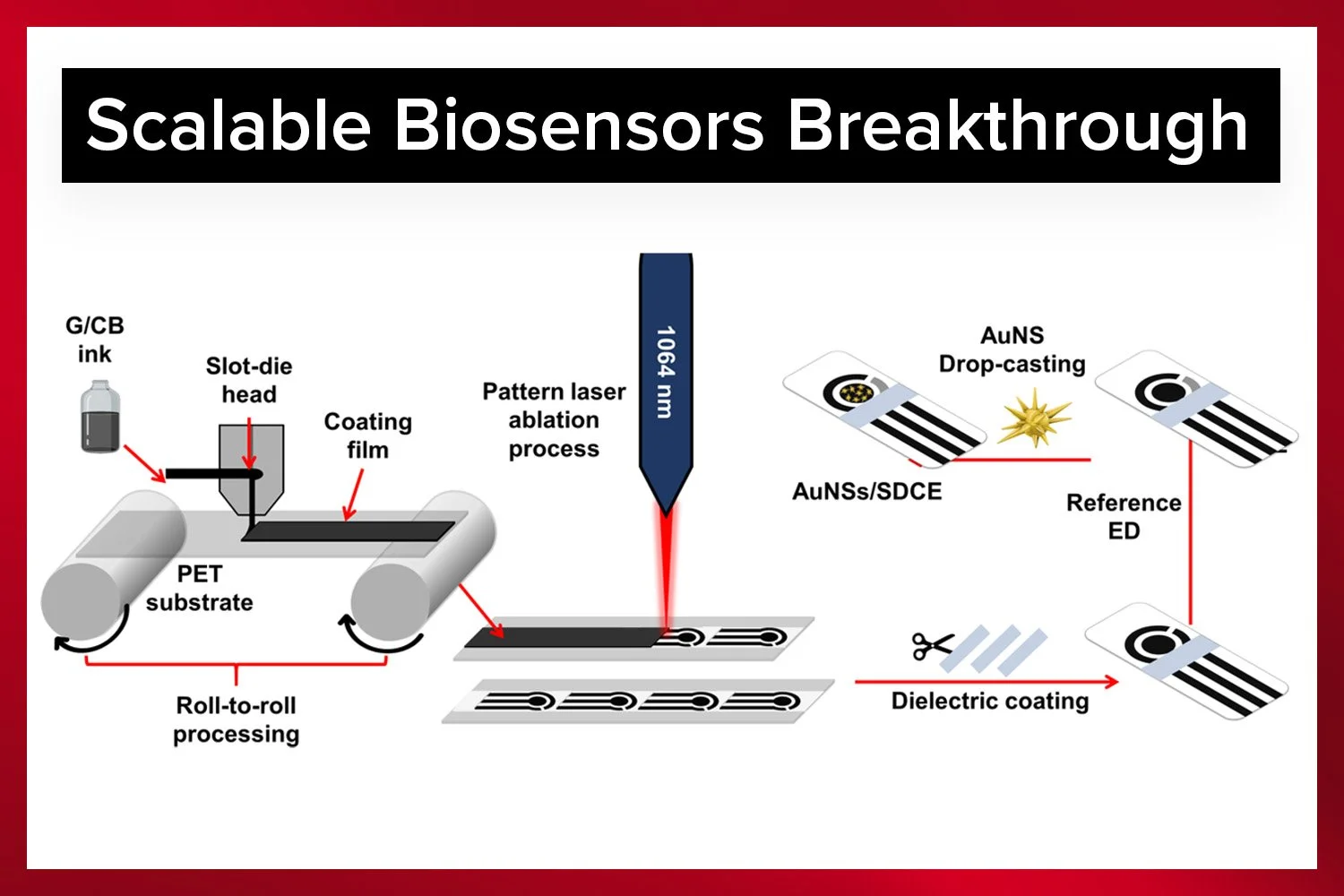



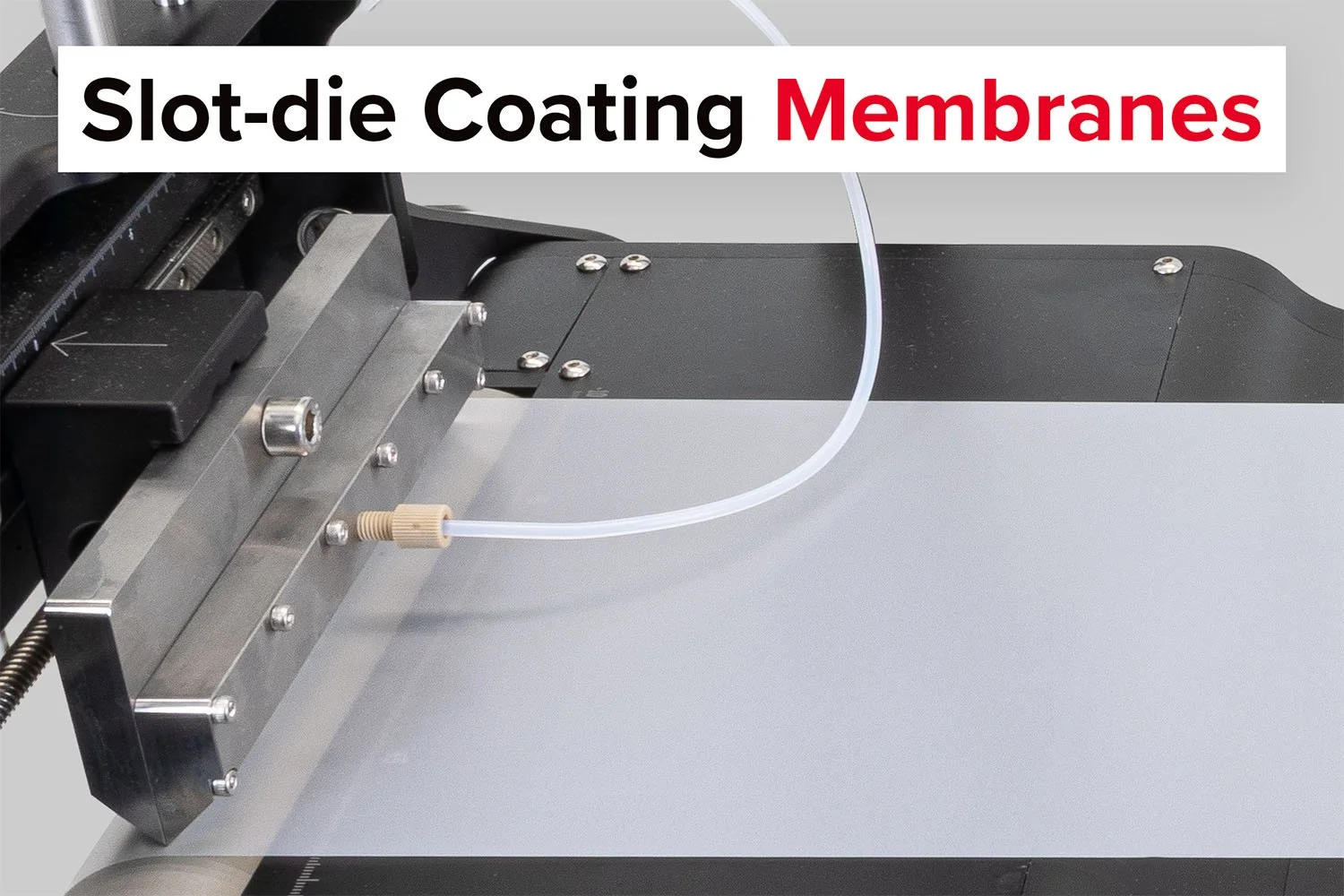

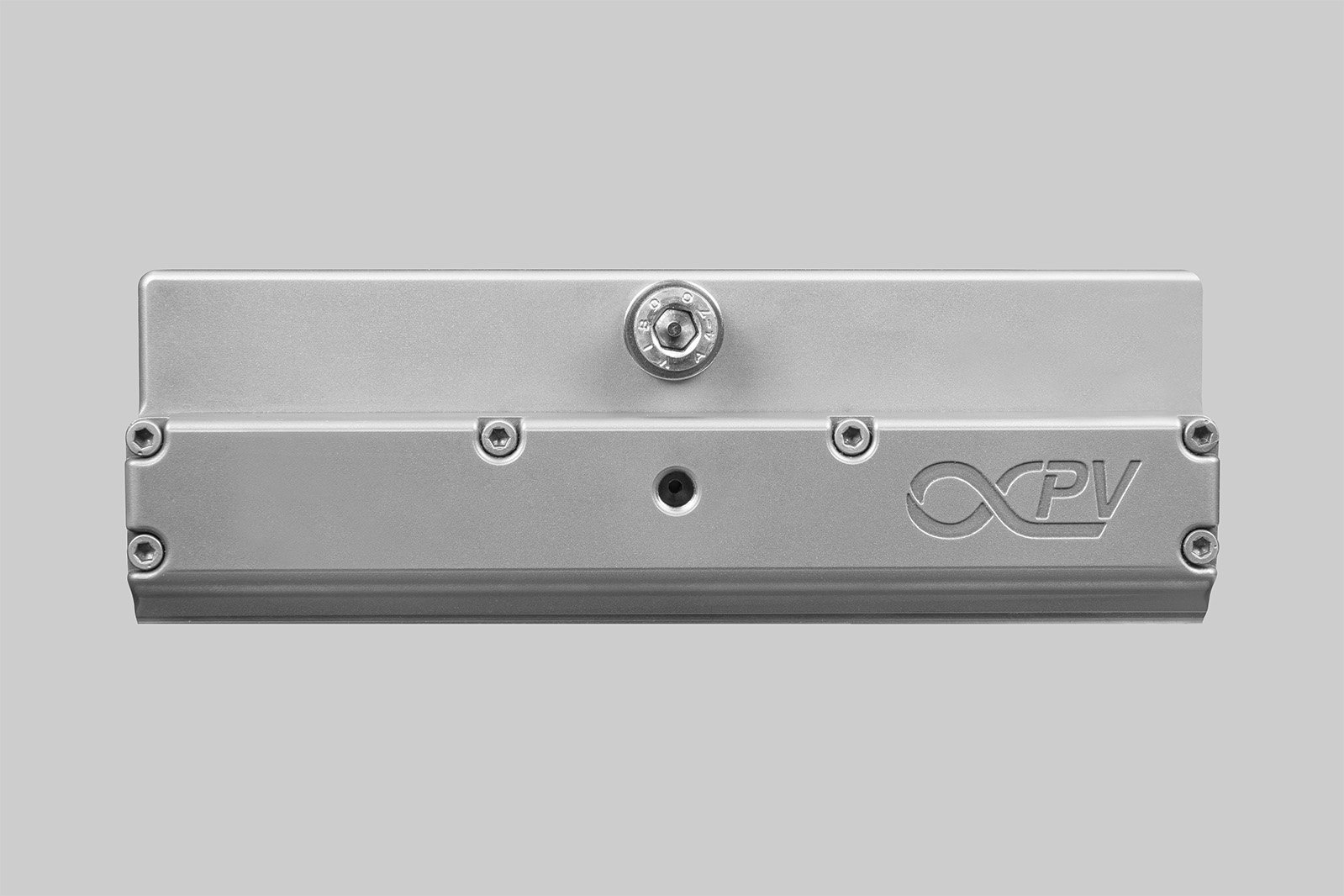

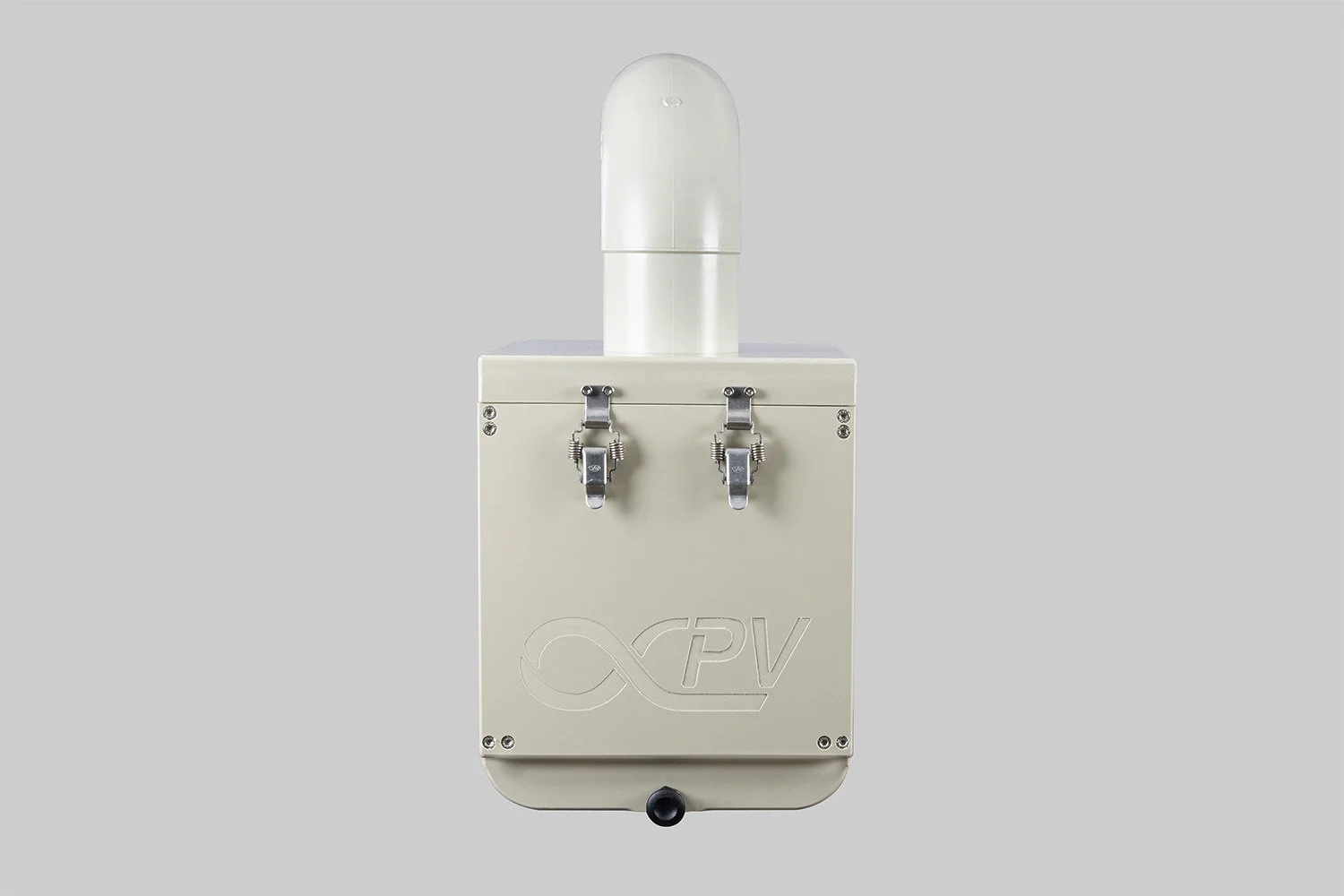


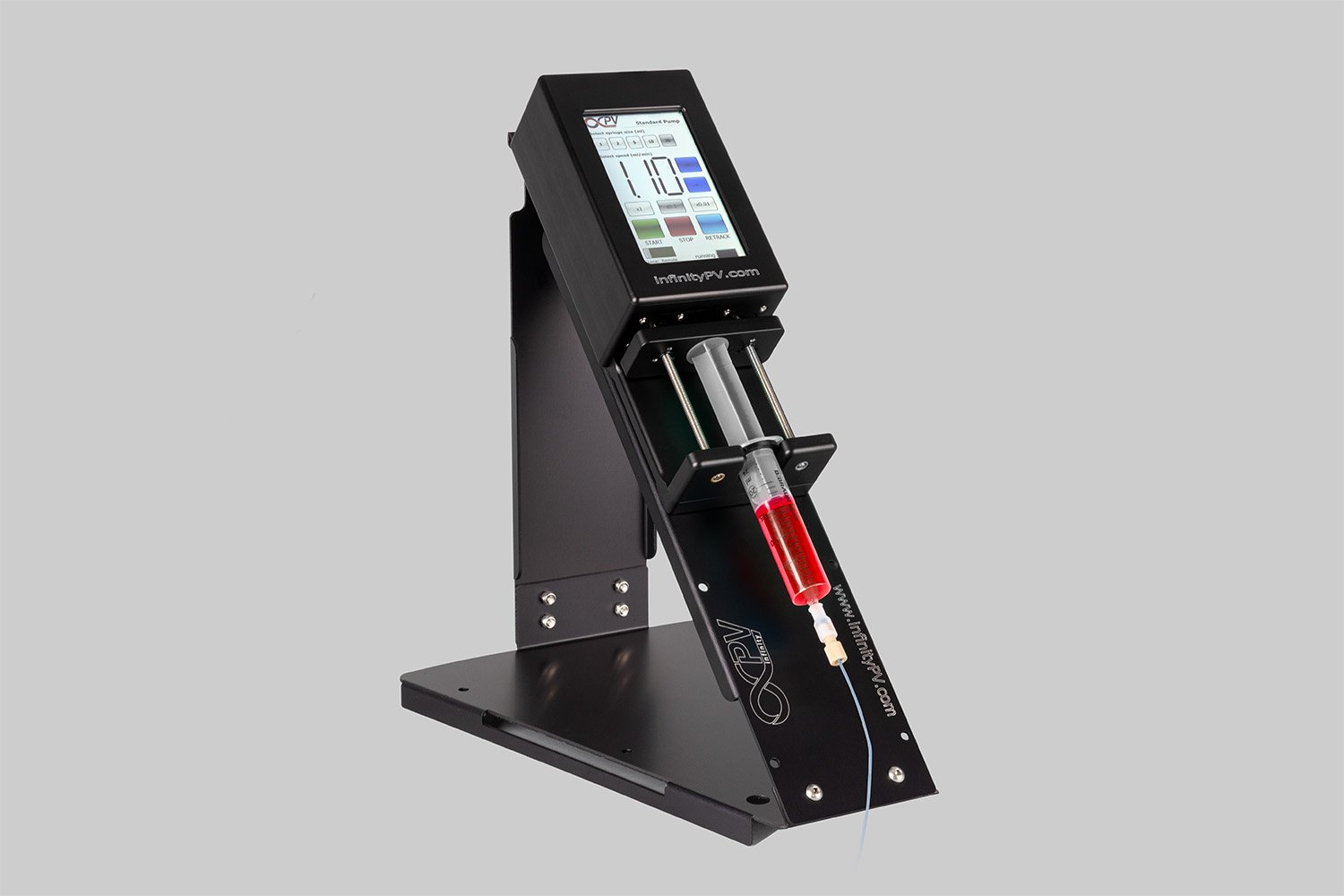
Probably the World’s Most Compact R2R Slot-die Coater: A compact, fully integrated roll-to-roll coating platform for laboratories, complete with a mounting system, anodized rollers, a syringe pump, a 65 mm stainless slot-die head and an infrared oven system—delivering unmatched precision and scalability.